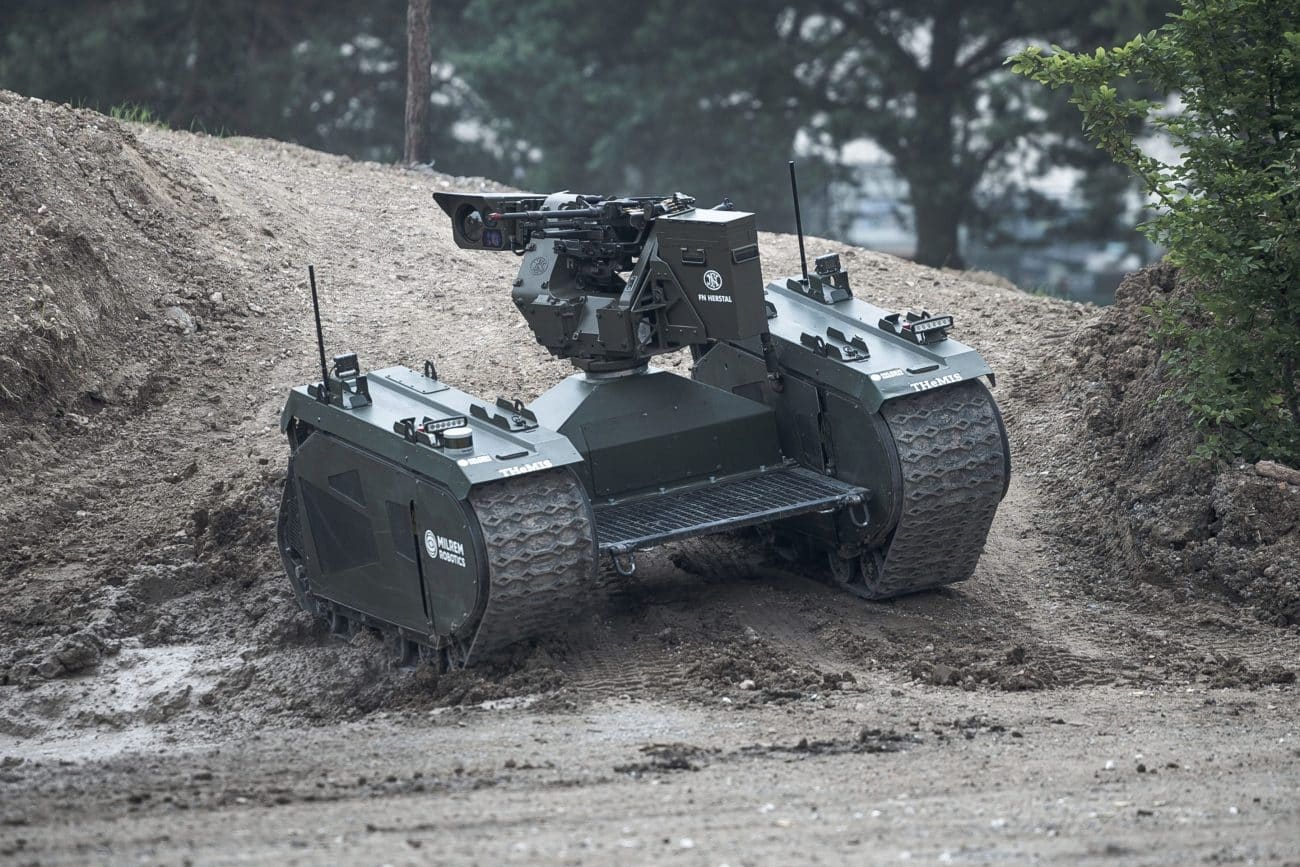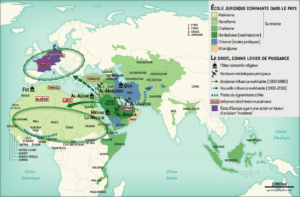General Pierre Schill, Commander of the french Land Army, delivered his annual opening address on September 25 at the army’s technical section, the organism responsible for testing military innovation. The message is symbolic: the French Army is innovating to strengthen deterrence.
On Monday, September 22, drones flew over the airports of the Danish and Norwegian capitals, paralyzing air traffic for several hours. The incident followed numerous other Russian drone intrusions observed in Alliance airspace. Vladimir Putin is testing the responsiveness of European forces.
Three days later, in front of about ten journalists, General Pierre Schill delivered his annual opening address at STAT, the organization responsible for testing new equipment for the armed forces before it is deployed to units. In the face of repeated violations of NATO airspace, the Chief of Staff of the French Army (CEMAT), Pierre Schill, reiterated the maxim chosen for the land forces: “Be ready, starting tonight.”
Being ready, in times of “urgency and radical measures”
Today, the Army is capable of deploying a combat-ready brigade within fifteen days on Europe’s eastern flank if the geopolitical situation demanded it. By 2027, the general wants to be able to field an entire division—around 19,000 soldiers—within 30 days. While NATO can currently muster more than ten army corps in the event of war, Schill’s ambition is to move even faster. “The plan is good, but it must be accelerated and deepened, because we face urgency and radical measures,” he explained.
To meet the gravity of the moment and the threats looming over European soil, the 19th Artillery Brigade, commanded by General Marc Galan, has been reactivated, 27 years after its dissolution in 1998. This unit, with unique capabilities and 3,000 soldiers across three regiments, is designed to strengthen lethality with its deep-strike capacity. But above all, it illustrates the absolute urgency of innovating, expanding the use of drones, and robotizing the land forces.
Robotization: the military revolution of the 21st century
Soon, the first unit of about twenty ground and aerial robots controlled by artificial intelligence will join the armed forces. This is the “Pendragon” project, a groundbreaking initiative that accelerates the robotization process initiated by the “Vulcain” program. Launched in 2021, Vulcain aimed to integrate AI-coupled robots onto the battlefield by 2040. But urgency demands adaptation and acceleration.
“The war in Ukraine has propelled ground robotics forward. What was expected for 2030 or 2035 will arrive much sooner,” General Schill warned. To meet their commander’s demands, the Future Combat Command (CCF), under General Baratz, and the Ministry’s Defense AI Agency (AMIAD) are jointly coordinating “Pendragon,” with the ambition of soon entrusting tactical missions to these robots. Just as the last century had the space race, today’s armies must embrace the robotics race of the third millennium. It has become the top priority of the Army’s commander.
While waiting for these new systems, there is no time for passivity or inaction. Innovation must happen by all means, even the most rudimentary, as long as it is quickly effective.
Innovation at all costs
Faced with operational urgency, STAT developed in just four months the first version of PROTEUS, reinforcing the French Army’s patchy anti-drone (LAD) system. To do this, it combined a 1970s Army 20 mm cannon with a SANDRA thermal camera, mounted on a Renault TRM 2000 tactical truck built in the 1980s.
While the first six units were delivered to the 35th Parachute Artillery Regiment in September, work on PROTEUS version 2 is already underway. The new version promises to integrate AI software to not only improve cannon targeting but also enhance drone detection and destruction. While PROTEUS 1 can shoot down basic drones such as the Shahed models, the head of Future Combat Command affirmed that “version 2 will really allow us to engage micro-drones, which are more mobile and harder to hit.”
The rough-and-ready nature of this program illustrates the urgency and operational seriousness that, according to CEMAT, must fuel and multiply “the pioneering spirit of the Army to prepare for tomorrow.” This is further evidenced by additional funding provided to regiments to invent and imagine participatory innovation projects. More than 200 proposals have been collected, and STAT will retain the most promising, such as the experiment carried out by the 1st Marine Infantry Regiment, which integrated a swarm of drones into a reconnaissance squadron.
In 2026, France will host the major “Orion” exercise, which will provide an opportunity to truly test the effectiveness and credibility of the new capabilities showcased by STAT in conjunction with the CCF.










